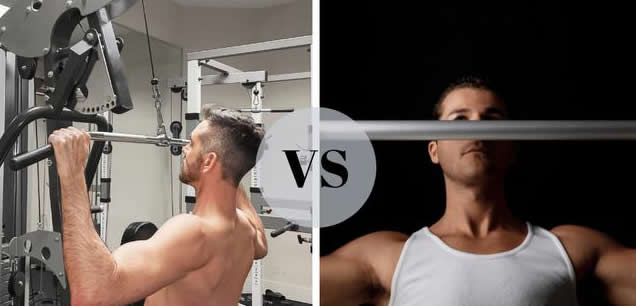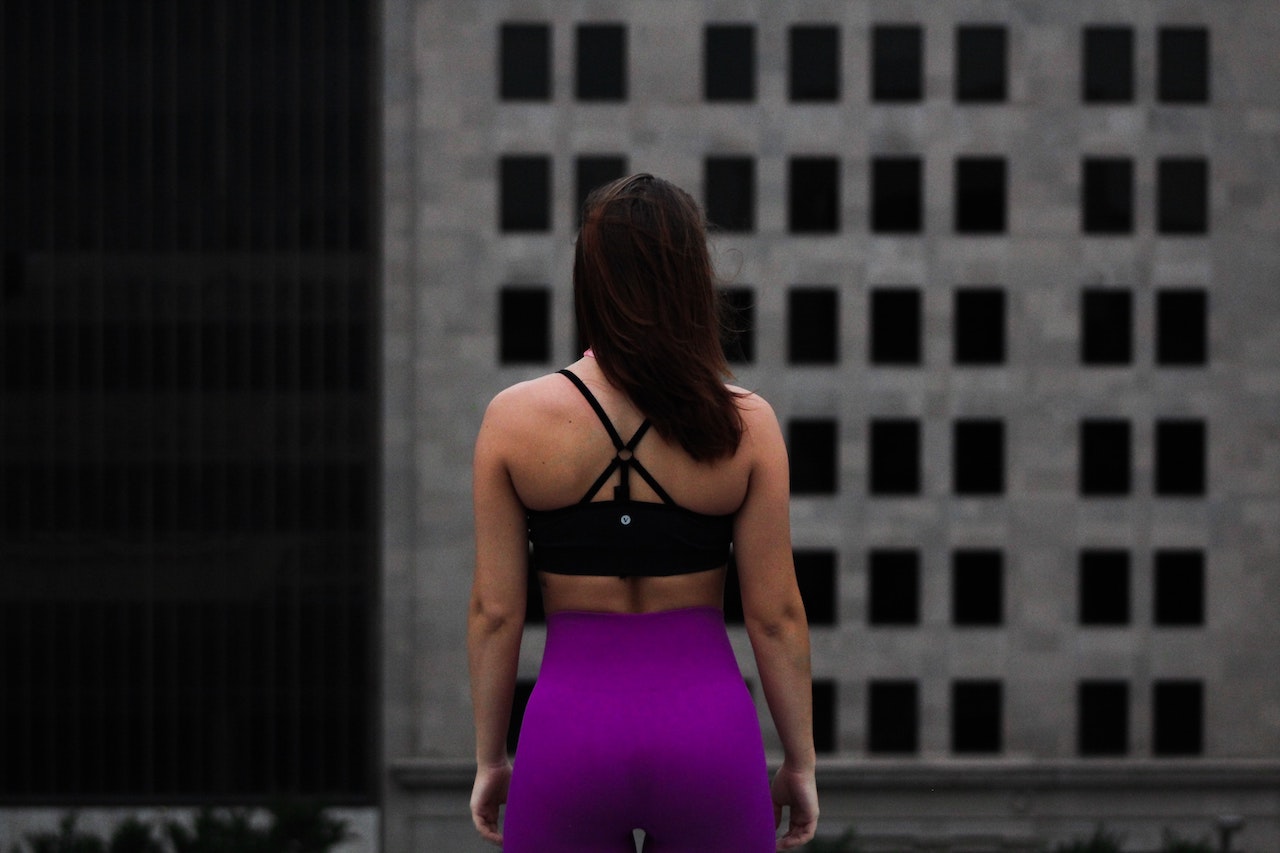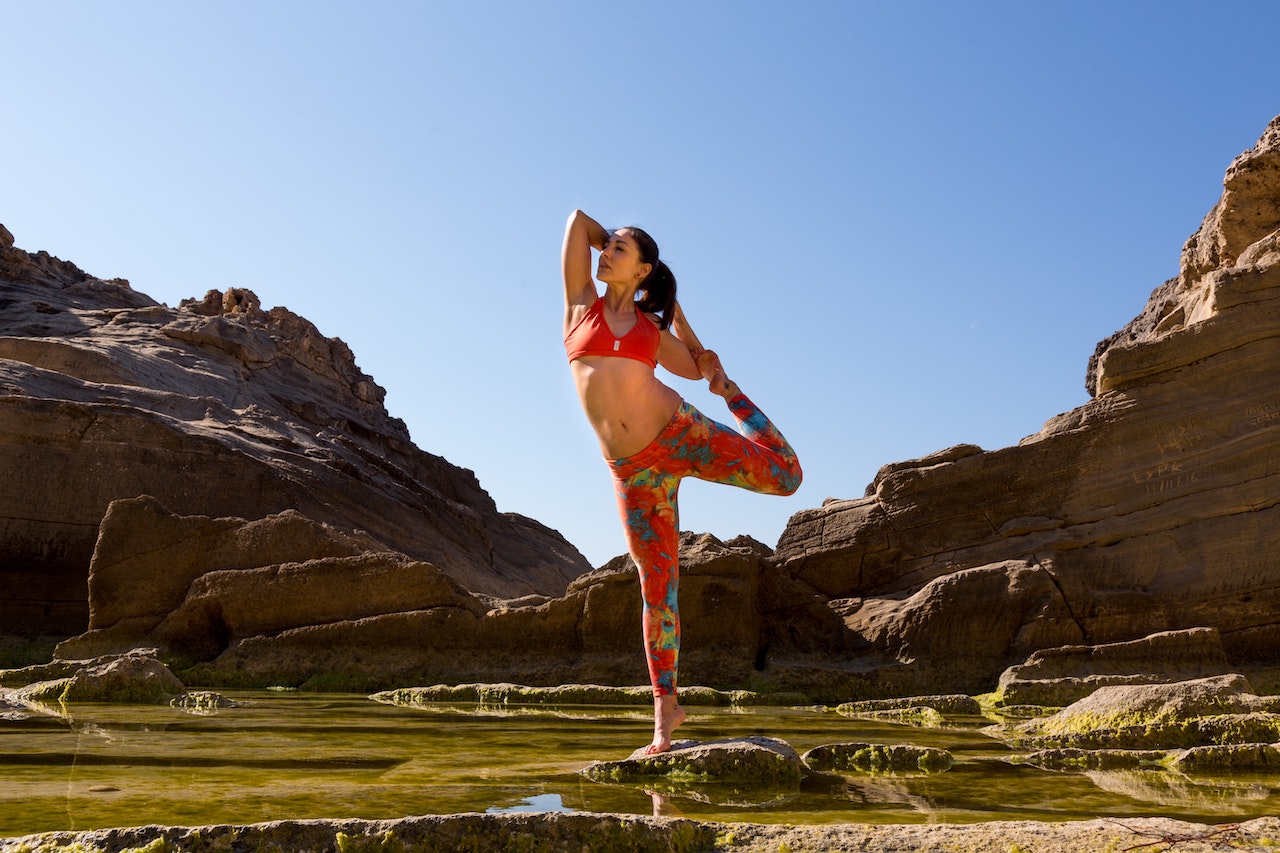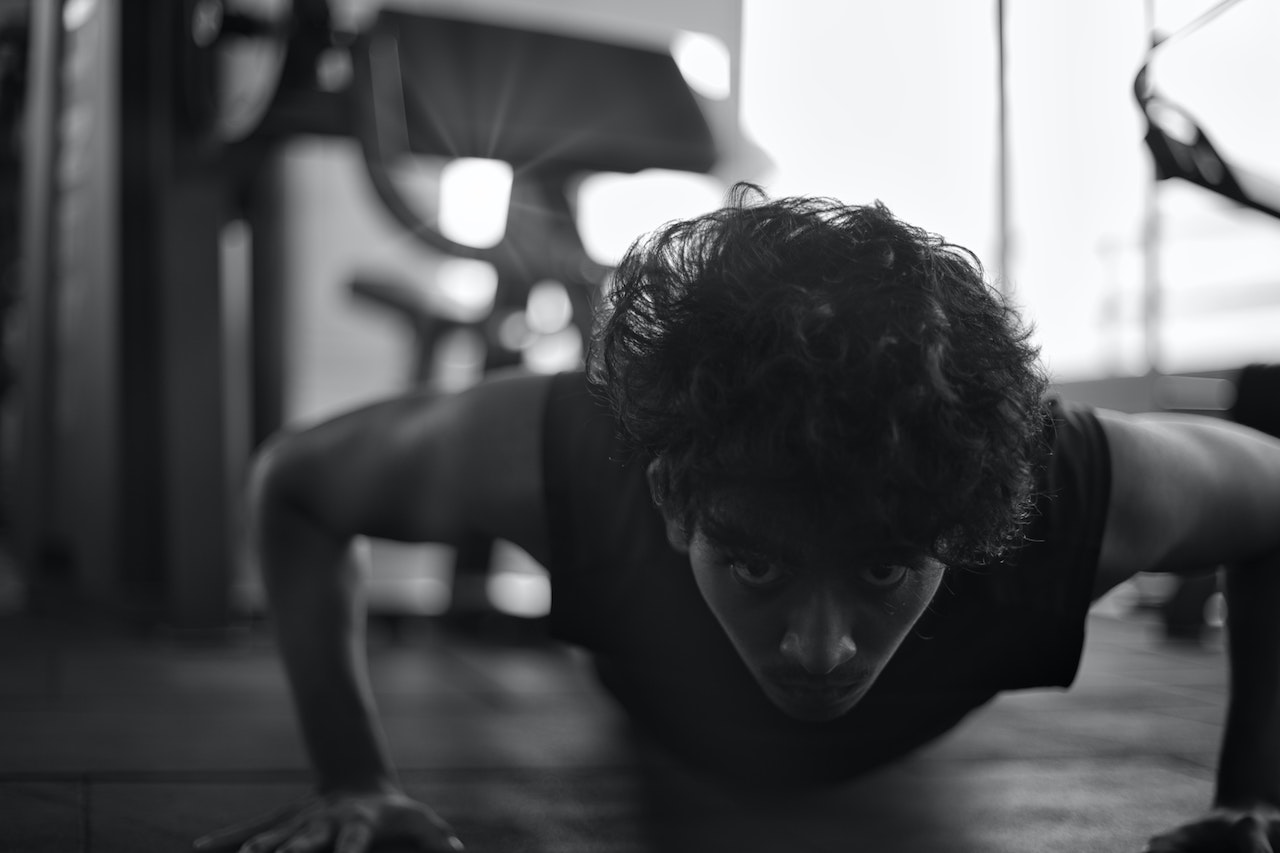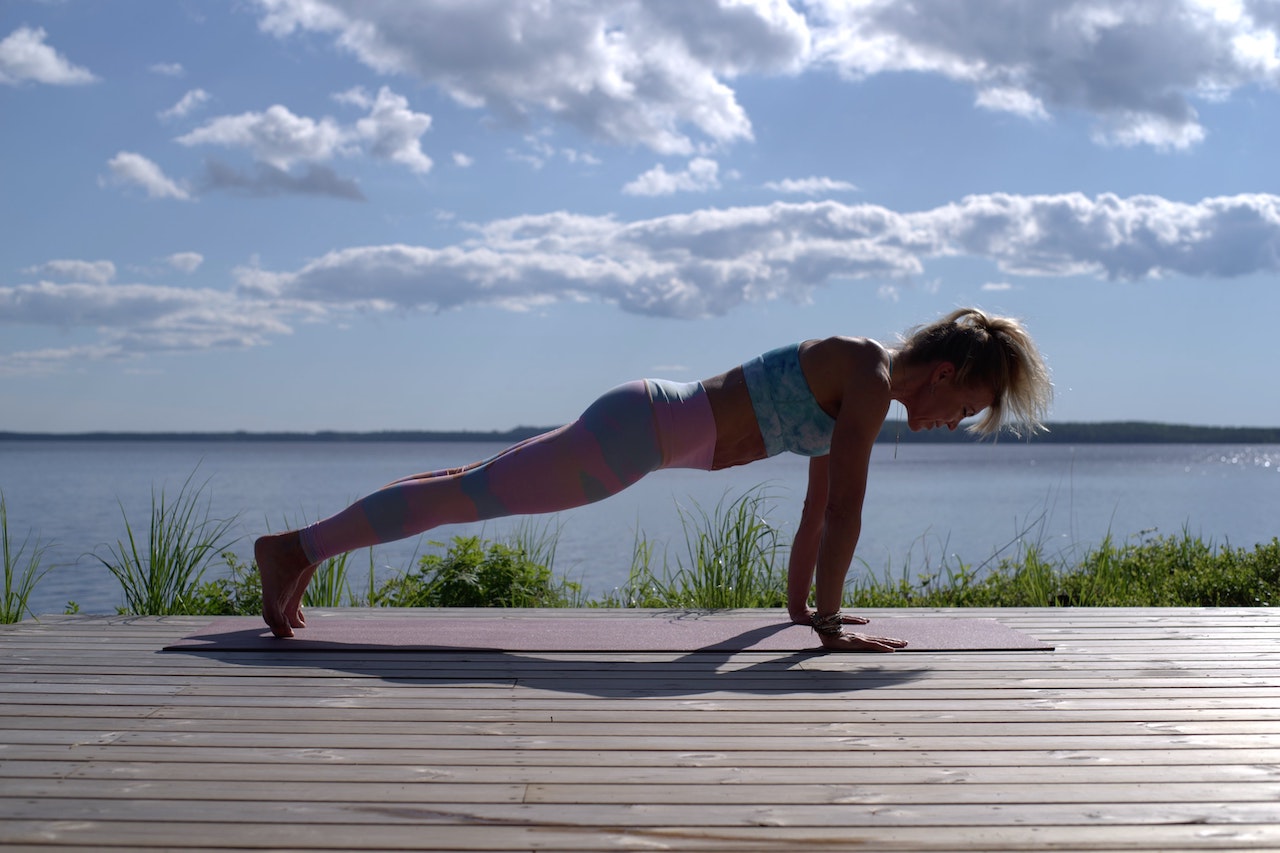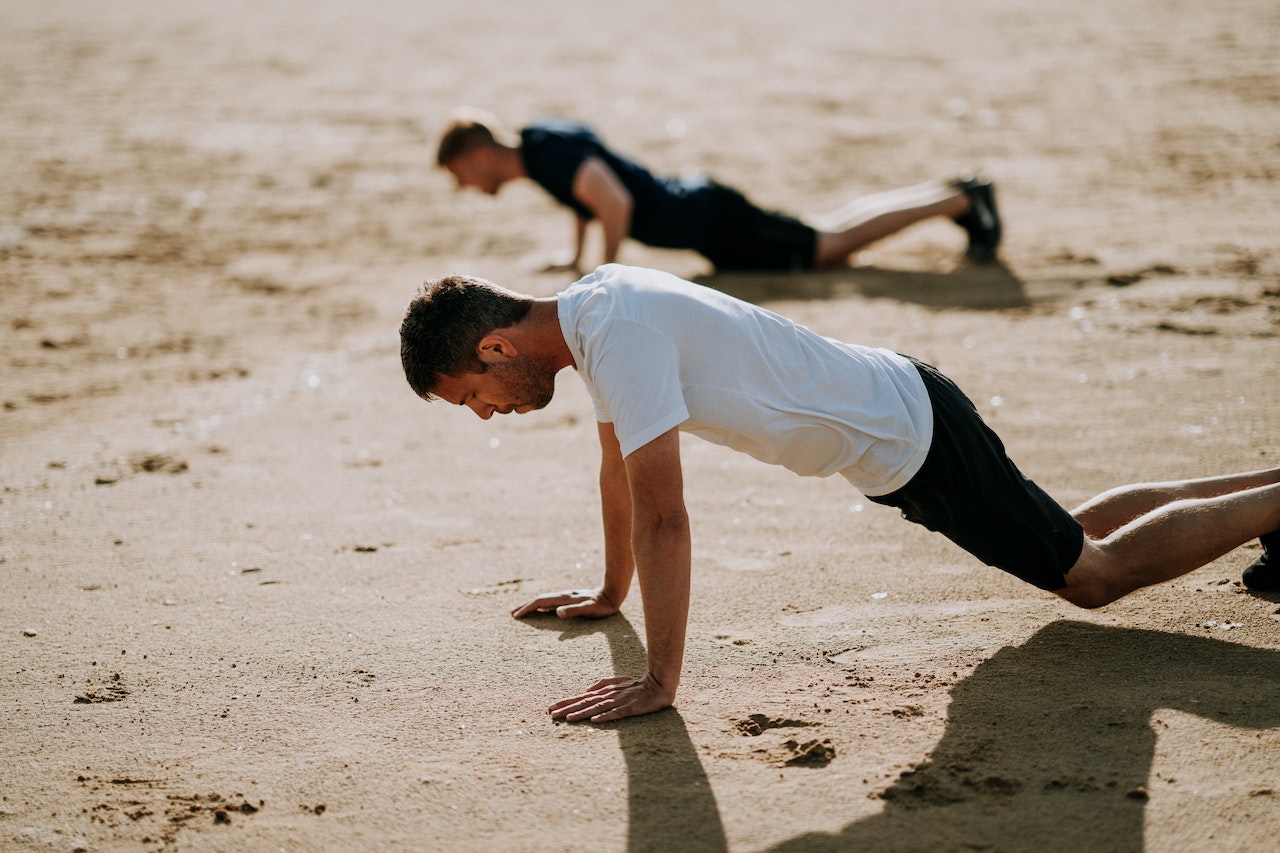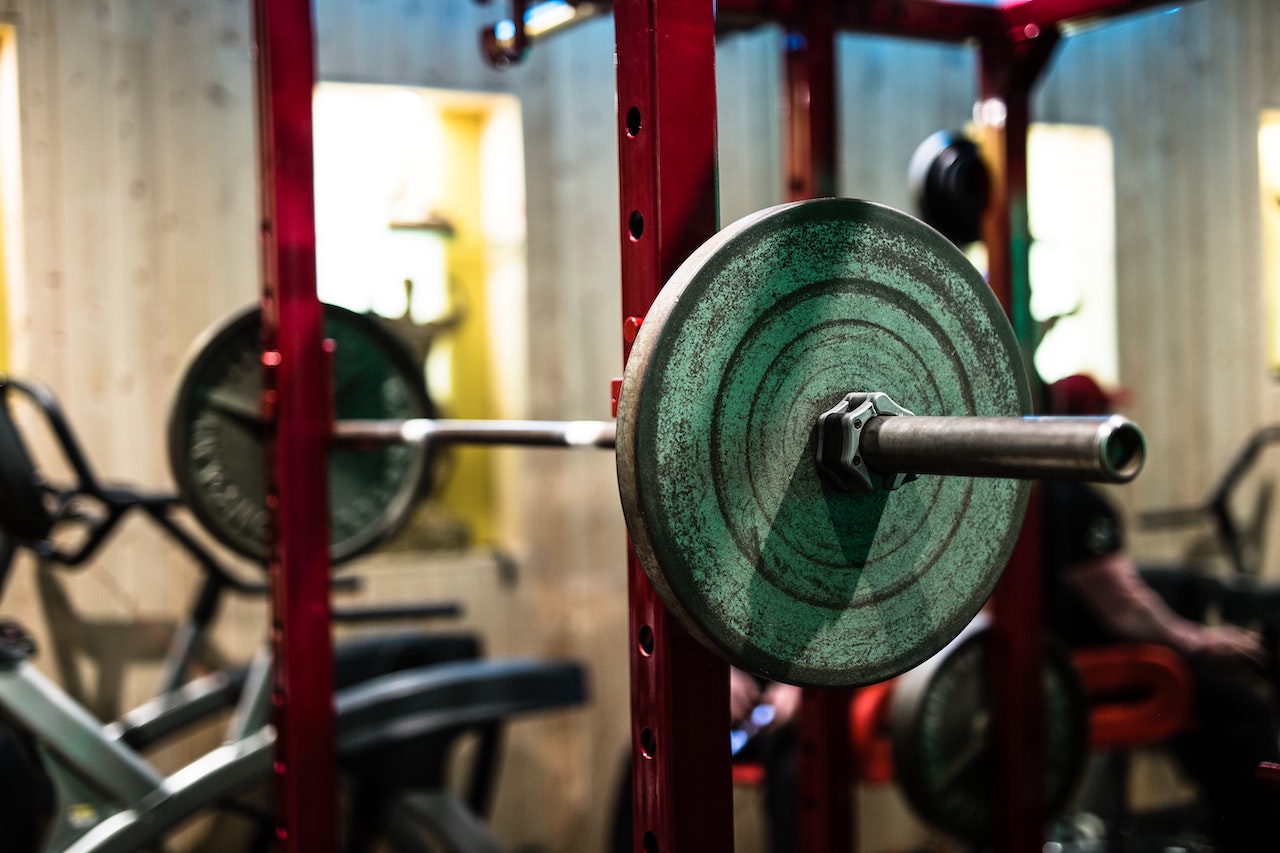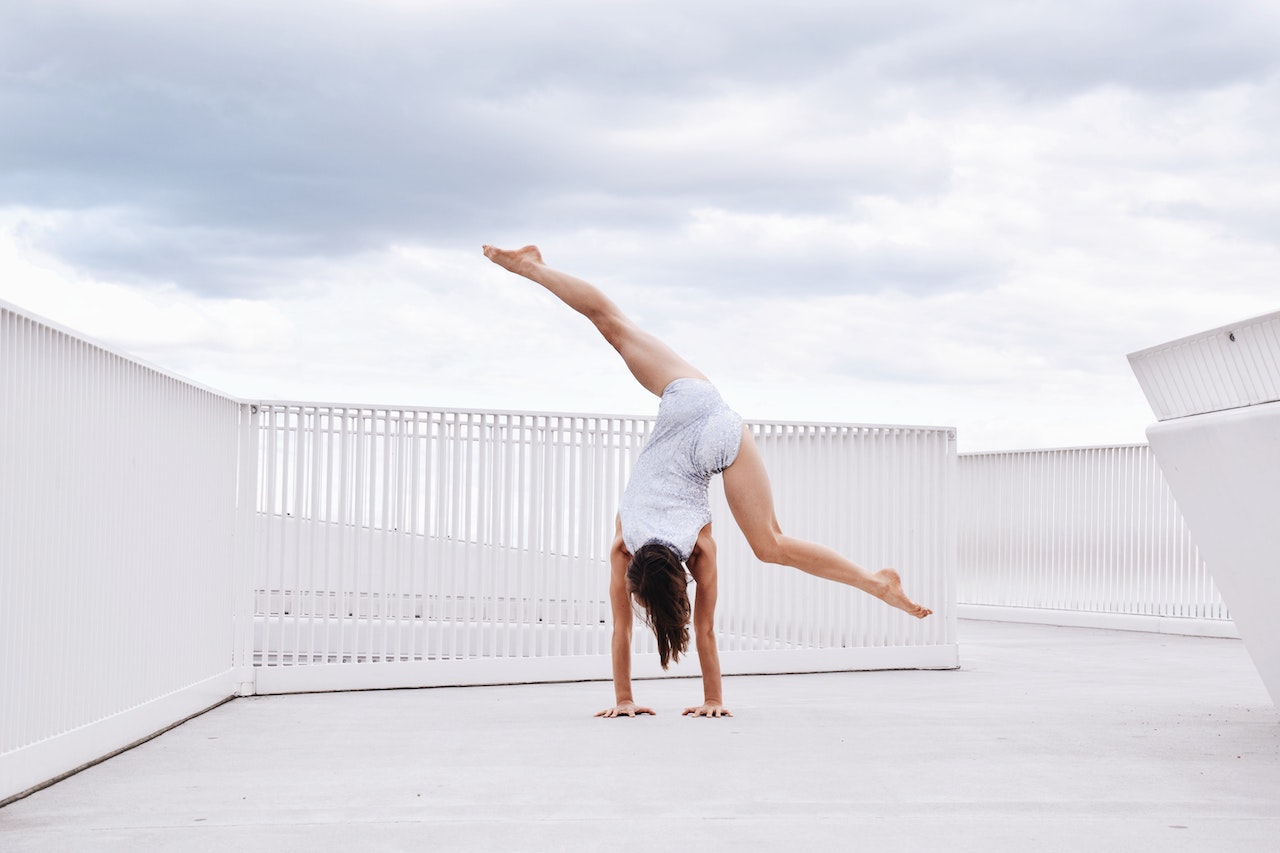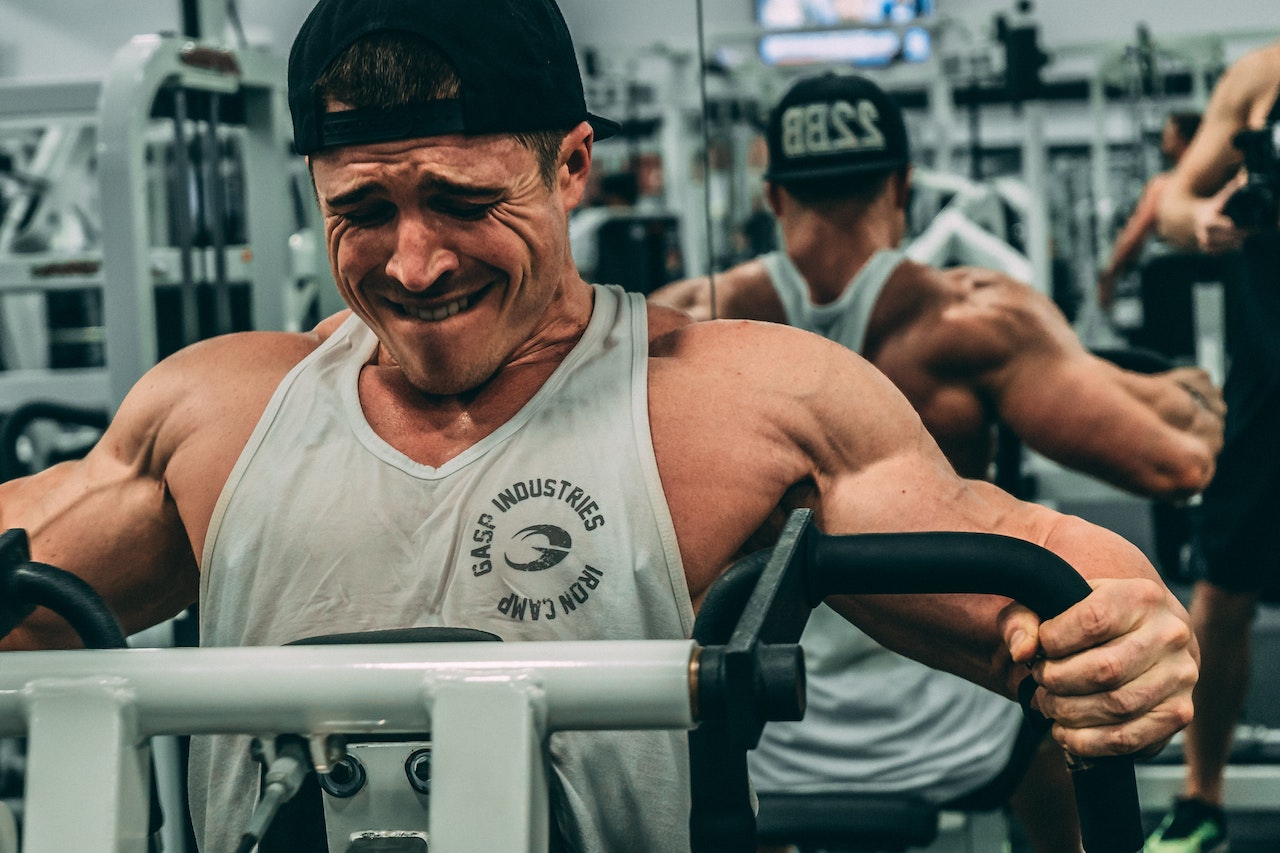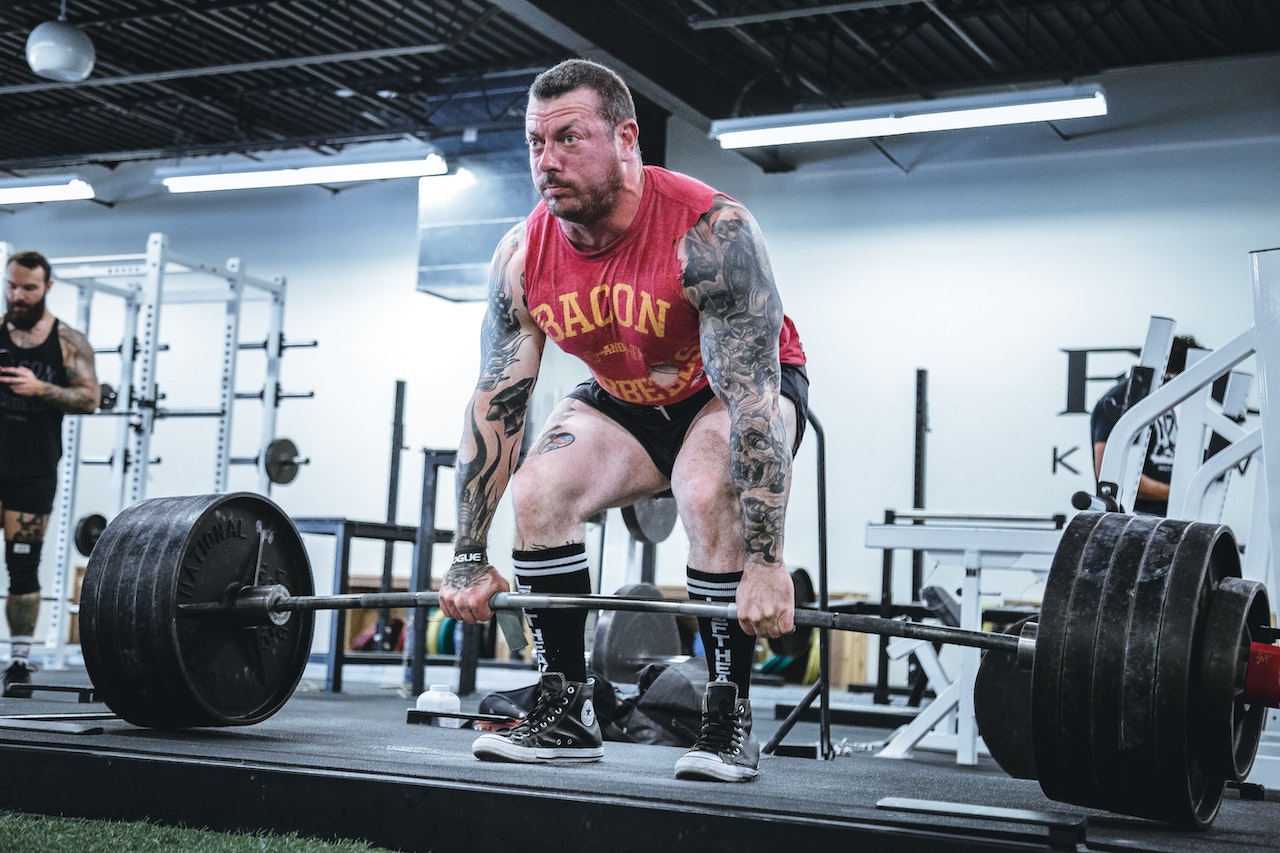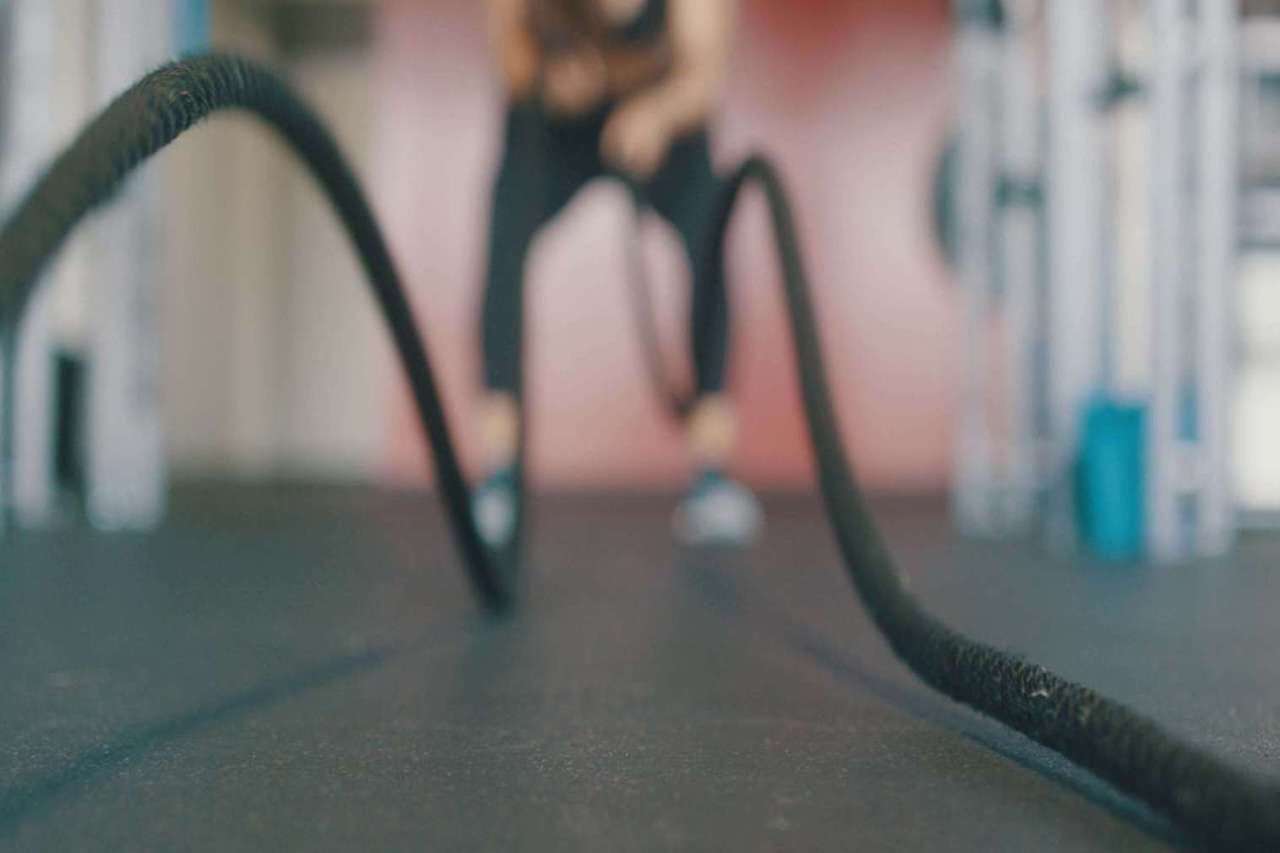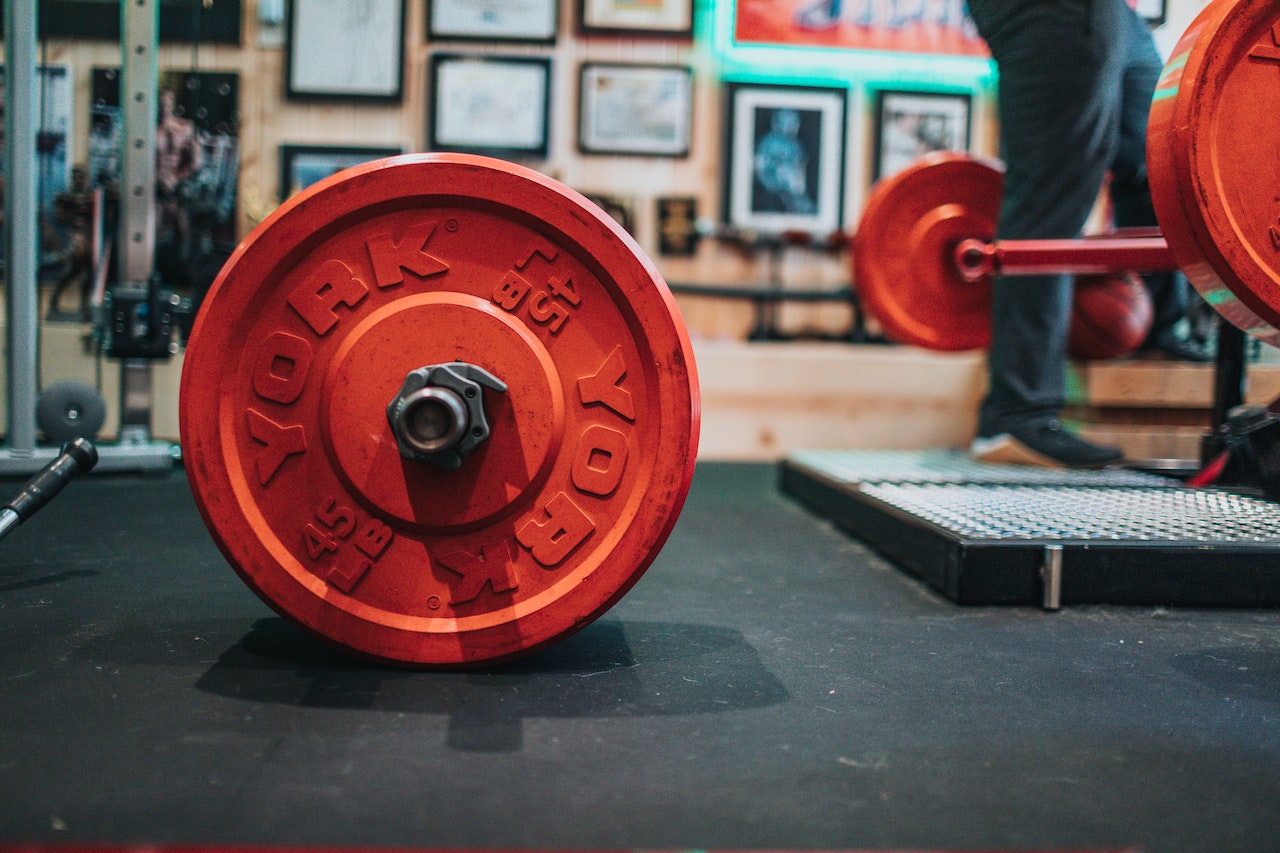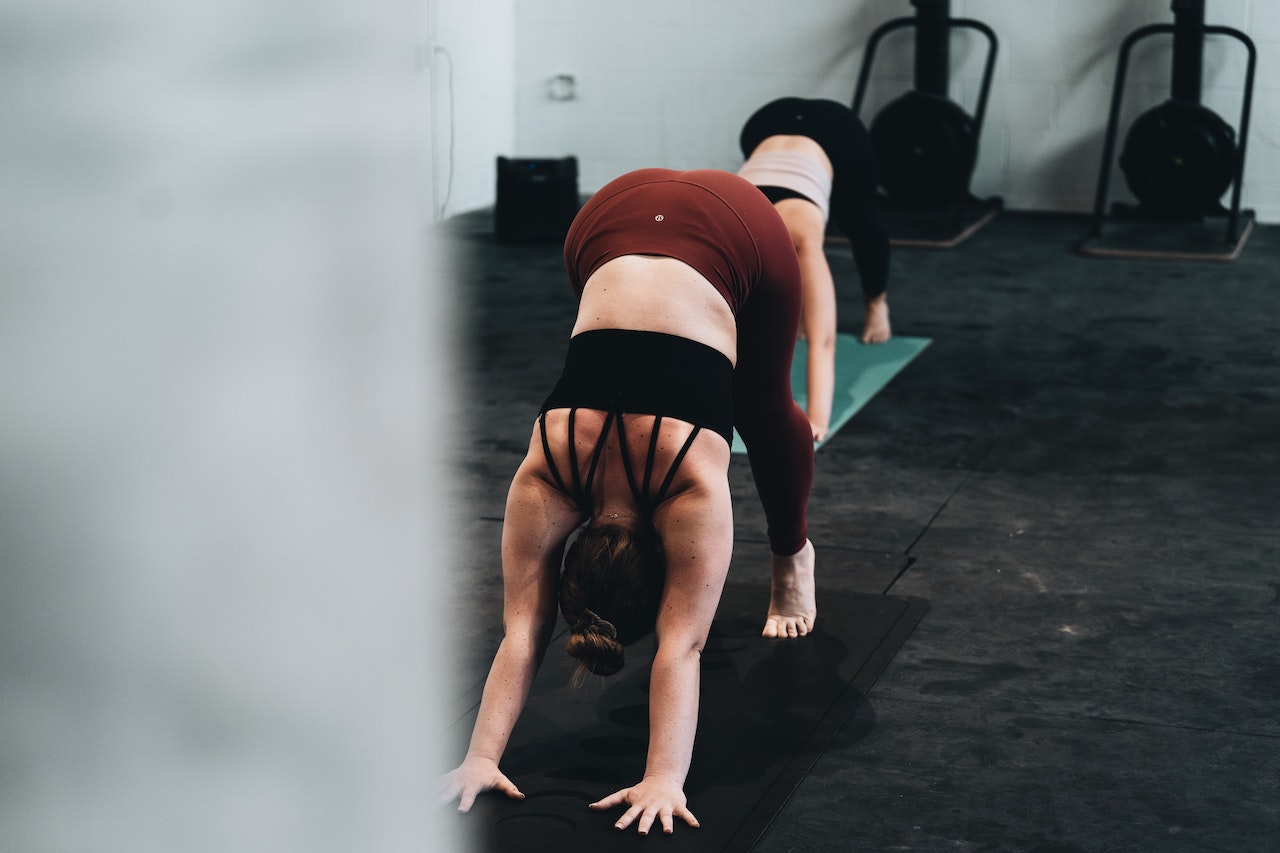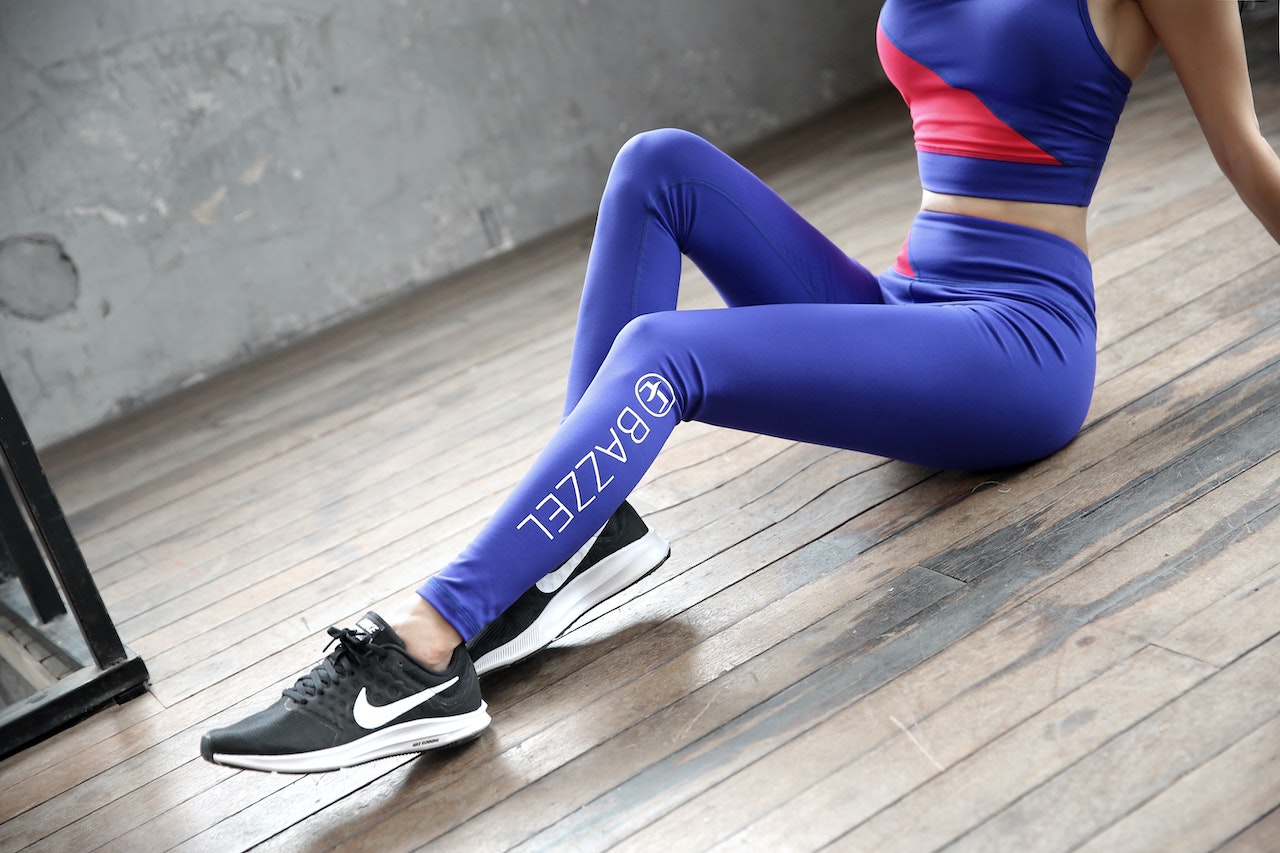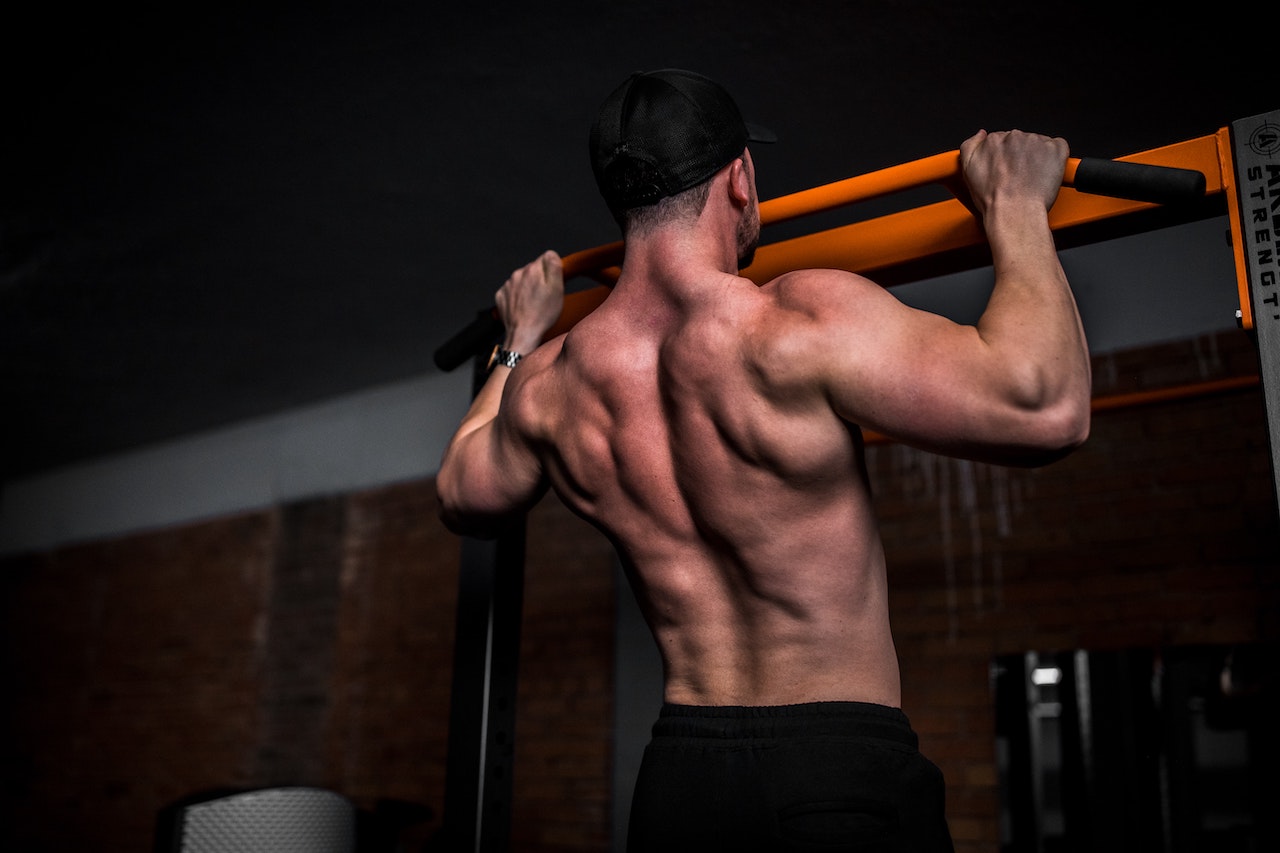there is no doubt that pull-ups are the ace move for the back. But many newbies entering the gym are guilty of the fact that pull-ups for self weight training are an absolute contradiction. Why is that?

The heavier the body weight, the greater the amount of dead weight that needs to be pulled up. Bigger weights mean a higher level of training is required, and in terms of the level of the trainer, it could even be argued that the heavier the weight the worse the level of training. In contrast, a high pull down is much easier.
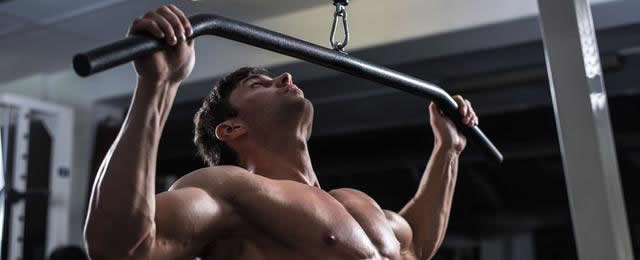
to explain the comparison between pull-ups and pull-downs in more technical terms, we have to mention the concepts of "Open chain" And "Closed chain", which we will not discuss today, but you can do it yourself if you are interested.
We would rather talk about the value of the two actions from the perspective of your most desired goal - bigger blocks, which will surely interest you more.

the pull-up is sometimes referred to as the upper body squat and is considered to be the ultimate upper body movement. Both pull-ups and pull-downs require the latissimus dorsi, the largest muscle in the back, and the secondary muscles required to complete both movements include the obliques, rhomboids, deltoids, biceps and serratus anterior.
Pull-ups also require the help of the transversus abdominis and obliques to stop the body from swinging back and forth throughout the movement. If we look at the muscles needed to complete these movements, then pull-ups are the most numerous. If we are to look at which movements work specific muscles best, then more research is needed before we can conclude what is best for our individual goals.

not included here is the crossfit version of the pull-up, which basically has a big swinging motion with very little pulling force. The muscles involved in a swing style pull-up would also be different from a traditional pull-up, so it is not included in this discussion.
In terms of function, the latissimus dorsi is a very important muscle. One of their roles is to pull the load towards themselves: To pull something down overhead (high pull-down) or to pull themselves up (pull-up).
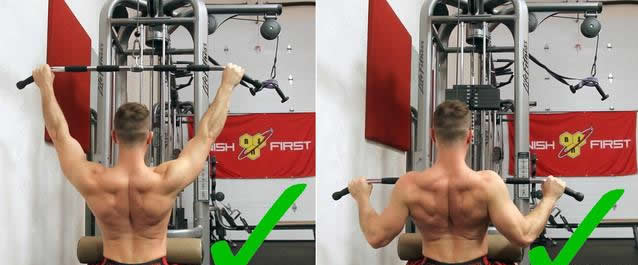
the latissimus dorsi is the largest muscle in the back and the main muscle involved in both movements. It starts under the scapulae and goes all the way to the lower back. This muscle is important not only in terms of muscular function but also in terms of aesthetic appearance. The v-shaped body that we all want is made up of a literal v-shaped muscle - the latissimus dorsi.
This means that if aesthetics of appearance is your concern, we need to know which movements train the latissimus dorsi best.
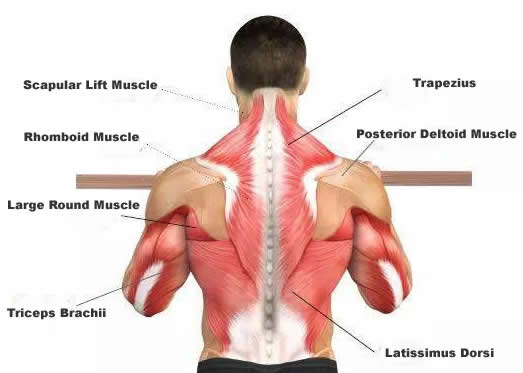
this question can be partially determined using the same approach we use in deciding between deep squats or leg lifts, i.e. Body type. Those who are best suited to make the most of the pull-up movement tend to be lighter in weight. This is no joke, and while there are many muscular people who are also good at pull-ups, it is rare to see them do super sets of pull-ups.
In most cases, high pull downs are better suited to heavier enthusiasts or beginners. High pull downs allow for the selection of large weights to make the movement challenging and done in a standard position, which is not the case with pull ups.

the best way to answer this question is to think of the pull-up as a true multi-joint, compound movement and the high pull-down as a more isolated movement compared to the pull-up. Personally, i feel that when doing a high pull down it is easier to reduce the borrowing of other secondary muscles, but requires full body strength to perform a standard pull up.
This partly answers the question just posed, a good isolation move can be very effective in building muscle, while going from familiarity to mastery of a compound move can easily work for beginners. Which level do you belong to?

in my opinion, the pull-up it is like a deep squat or a hard pull and is an excellent muscle building movement, in the same way that we can compare the high pull-down to the leg raise or the romanian hard pull.
In leg exercises, the leg raise better isolates the quadriceps (due to the reduction of back strength and balance control necessary for mobilisation during the deep squat), the romanian pull-up better isolates the hamstrings (it better trains the hamstrings and gluteus maximus compared to the pull-up) and similarly, the high pull-down better isolates the latissimus dorsi.
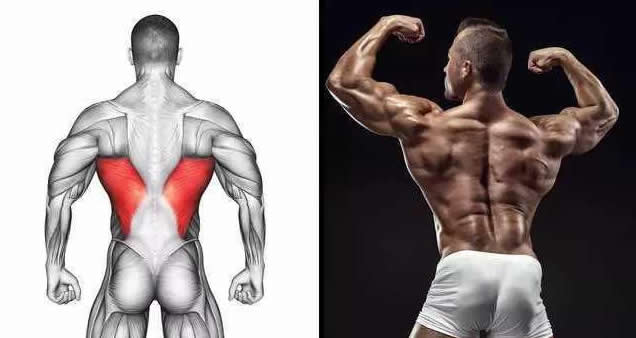
actually asking if any movement can be left out is a question that i believe you can find the answer to without a professional perspective. Any movement has its own focus and strengths and weaknesses, there is no such thing as saying one instead of the other, you just need to be clear about your goal.
If you want to train a wide range of upper body muscles and strength, then do pull-ups. If you want to increase muscle mass in the latissimus dorsi and make muscle definition more visible, then high pulldowns are the movement i would suggest. Both are naturally what you want as well.
